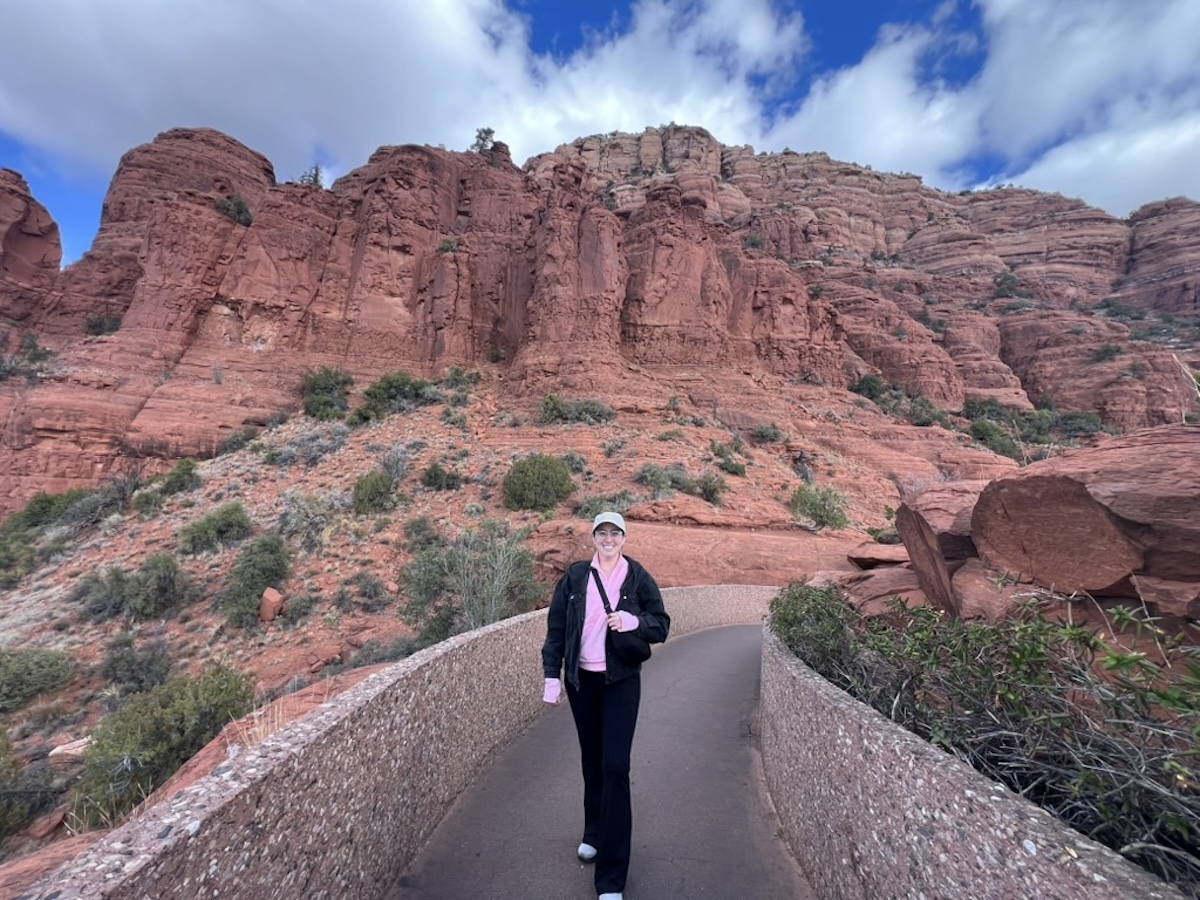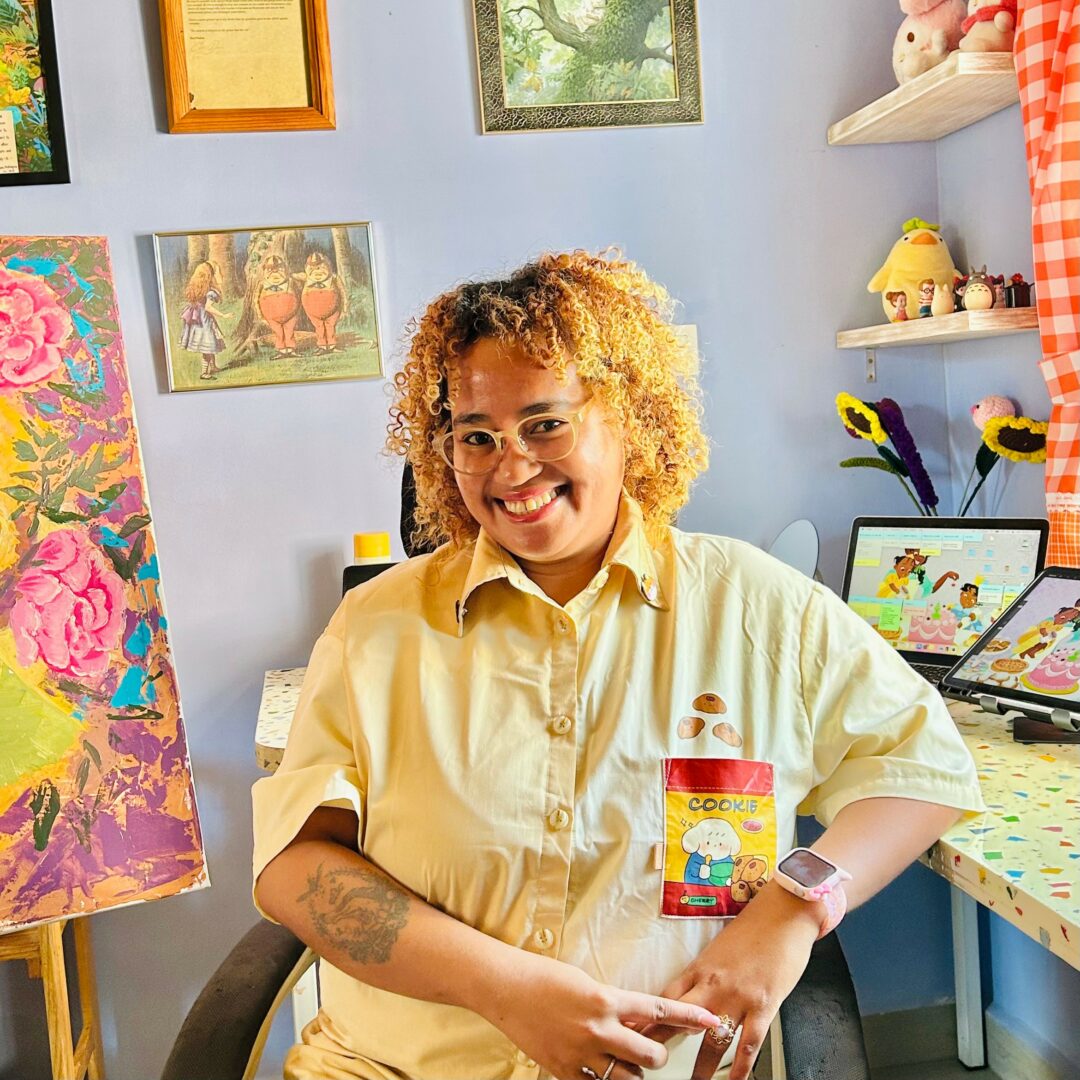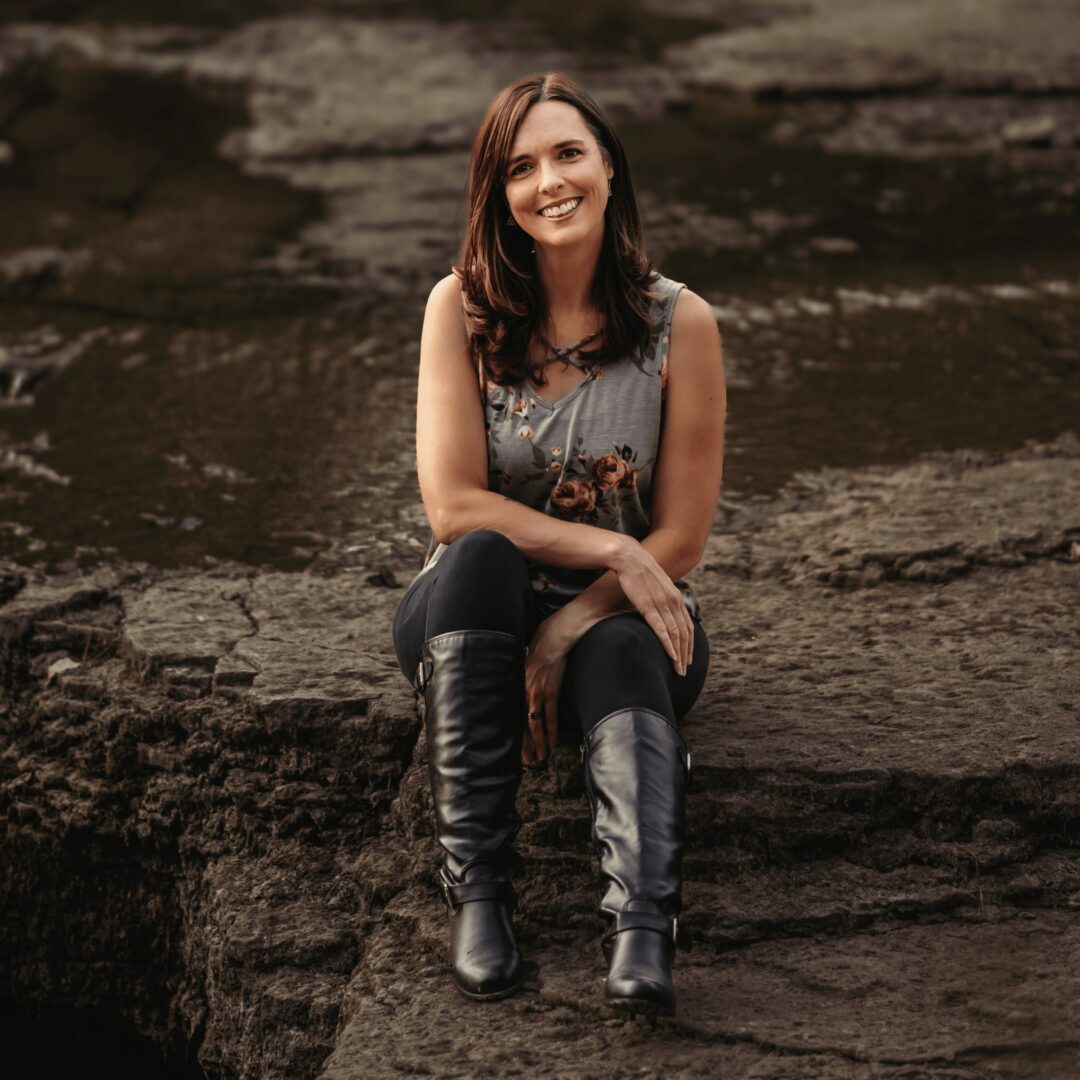We’re excited to introduce you to the always interesting and insightful Munus Shih. We hope you’ll enjoy our conversation with Munus below.
Munus, appreciate you making time for us and sharing your wisdom with the community. So many of us go through similar pain points throughout our journeys and so hearing about how others overcame obstacles can be helpful. One of those struggles is keeping creativity alive despite all the stresses, challenges and problems we might be dealing with. How do you keep your creativity alive?
As someone working in open-source art and creative coding, my creativity is deeply tied to community. I’m constantly inspired by the contributions of others—whether it’s a beautiful sketch someone shares using p5.js or a thoughtful conversation in a GitHub issue thread. There’s always something to learn from how others approach things, and that keeps me going.
For example, when I was working on the typography functions in p5.js, I opened an issue on GitHub to explore how p5.js and the HTML Canvas legacy could better integrate with opentype.js. It was a small discovery that my mentor Kevin from Space Type encouraged me to write about, and what started as a question turned into a collaborative thread with developers from all over the world offering suggestions and solutions. That kind of exchange—where something technical becomes a shared design and accessibility conversation—is what I love about open source.
Another example is p5.genzine, a tool I co-developed that combines coding and zine-making in a way that’s beginner-friendly and community-driven. I’ve used it in teaching and shared it widely, and in turn, educators have sent feedback, remixed it, and brought it into their own classrooms. Just seeing how people adapt it in ways I never expected is a creative recharge. I’m always listening—waiting for those little sparks of collaboration that reshape how a project can grow.
Simply put, I stay creative by staying connected: to the open-source community, to moments of shared learning, and to the joy of seeing code not just as a tool, but as a language for expression, care, and collective possibility.


Looking back, what do you think were the three qualities, skills, or areas of knowledge that were most impactful in your journey? What advice do you have for folks who are early in their journey in terms of how they can best develop or improve on these?
Looking back, the three areas that have been most impactful in my journey are computational thinking, manifesto-building, and collaboration.
I was first trained as an engineer. Although I didn’t have the best time in engineering school, I now realize that it prepared me well for the work I do today. Whether it’s designing generative experiences, solving complex coding problems, or breaking down challenges into manageable steps, that engineering mindset has been crucial. This transferable skill of thinking through technology and complex systems has helped me navigate future challenges. I truly believe that embracing this approach has not only made me a better coder but has also allowed me to tackle problems in a more structured, systematic way. For those starting out, I’d recommend focusing on developing a strong understanding of how code and algorithmic thinking work — it’s not just about knowing programming languages, but about learning to approach problems logically and methodically.
The second key area is writing a manifesto. I remember in my first semester of grad school, one of my classes pushed me to create a manifesto that could guide our practice and interests in the art field. I recently dug it out and realized that most of the things I was passionate about almost three years ago are still driving me today. When people say that your art and creative practice shouldn’t be dependent on trends, I think about how a manifesto is a powerful tool for grounding your values and principles. It has helped me stay aligned with what truly matters to me, whether that’s making creative technology accessible or advocating for inclusive practices in open-source communities. My advice to others would be to take the time to define what you stand for, even if it feels too early. It’s never too early. A manifesto can serve as a filter for your decisions and help you maintain focus when there are so many directions to choose from.
Lastly, collaboration has been essential to every success I’ve had. Some of the best ideas come from working together, sharing diverse perspectives, and iterating collectively. I’ve always encouraged myself and those around me to embrace collaboration, something I’ve learned from the open-source art ethos: we don’t need to reinvent the wheel, and as a community, we are stronger. Whether it’s co-developing software, co-organizing community events, or crafting collaborative art pieces, working with others has pushed me to think differently and expand my boundaries. It’s also helped me identify my strengths and weaknesses, which has enabled me to position myself more effectively in teams. For those early in their journey, I’d say: don’t shy away from partnerships. Be open to feedback — it’s the best way to learn about your unique contributions and push yourself out of your comfort zone. Trust that collaboration brings out the best in all of us.

Is there a particular challenge you are currently facing?
The number one challenge I’m currently facing is balancing multiple projects and responsibilities while maintaining a high level of creativity and quality. With a variety of commitments—ranging from my commissioned work, teaching, collaborating on open-source projects—it’s easy for things to become overwhelming.
As a professional, there’s always the temptation to dedicate too much attention to one project at the expense of others, especially because you’re constantly thinking about revenue and how much time you’re investing in each. The reality is, focusing too much on a single project can be detrimental to your financial sustainability, as it can limit your capacity to take on other opportunities. So, I’m learning to manage my time in a way that ensures my pay, energy, and effort are divided equitably, especially when collaborating with others. It’s about being mindful of how resources, including time and effort, are distributed so that everyone feels valued and the work remains sustainable.
This is where my interest in solidarity economy comes into play. I’ve been exploring how we can build work relationships based on mutual benefit and shared responsibility, rather than strictly on market-driven logic. For me, it’s not just about balancing the economics of a project but also recognizing the social, cultural, and emotional value that we all bring to the table. In a solidarity economy, value is not just measured in monetary terms but in terms of shared knowledge, collective well-being, and equitable resource distribution. This shift in thinking is central to my approach to collaboration, where every individual’s input—whether it’s technical expertise, emotional labor, or intellectual contribution—holds equal weight.
Contact Info:
- Website: https://munusshih.com
- Instagram: https://instagram.com/munusshih/
- Linkedin: https://linkedin.com/in/munusshih

Image Credits
GOCA, Collaborated at Athletics
so if you or someone you know deserves recognition please let us know here.




